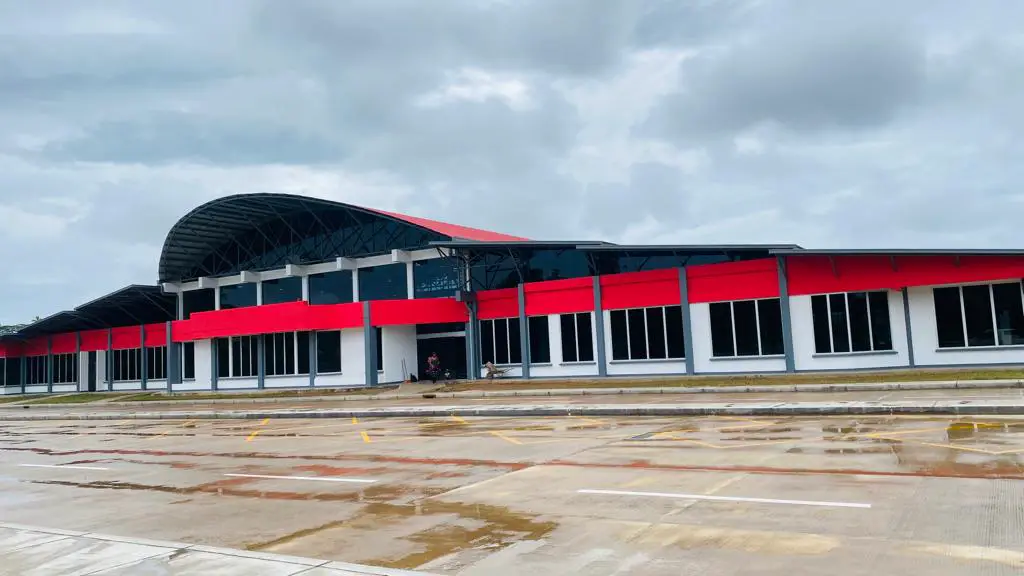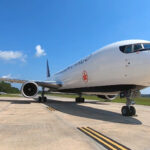The Rurrenabaque Airport (RBQ), Department of Beni in Bolivia, was reopened after 10 months of works.
The Minister of Public Works, Services and Housing, Edgar Montaño, explained that the central government injected Bs. 40,282,460 (USD 5.8 million) for the airport improvement project. This includes the construction of the passenger terminal building, the technical block, and the control tower; fire extinguishing service, the taxiway, and the apron.
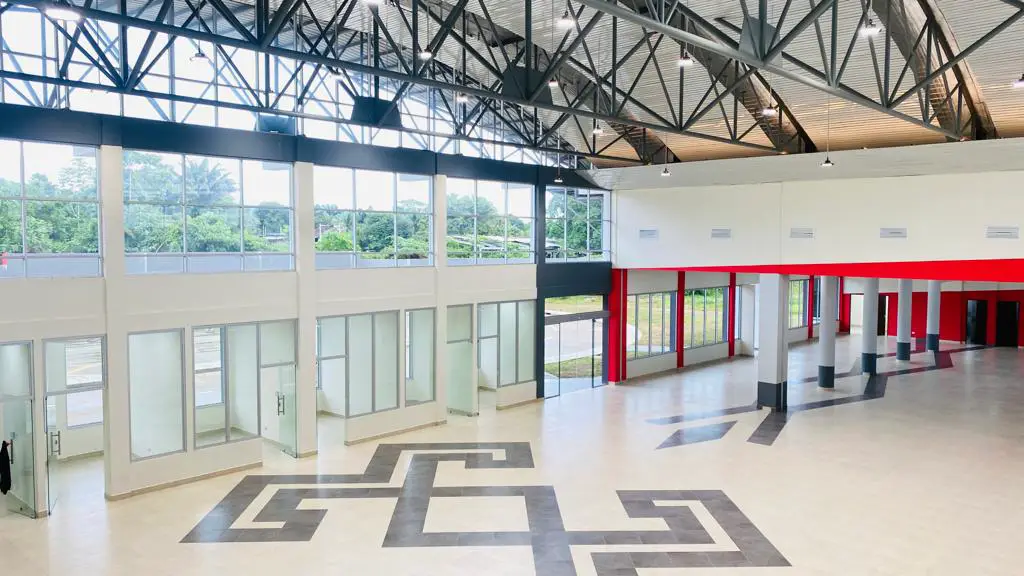
Likewise, he announced the construction of improvement works and equipment of said air terminal in a second phase with an investment of more than Bs.63 million (USD 9 million), delivery which is expected for August.
«Today we can shout to the whole world that Rurrenabaque awaits them with a new world-class airport. Rurre is able to receive international and domestic tourists from all corners of the world,» said Montaño.
For his part, the executive director of the Bolivian Air Navigation and Airports (NAABOL), Elmer Pozo, announced improvements in the country’s airports. Those will improve the quality of services to users.
«In the following months we will implement technological improvements in the airports where NAABOL has the highest passenger flow,» said Elmer Pozo.
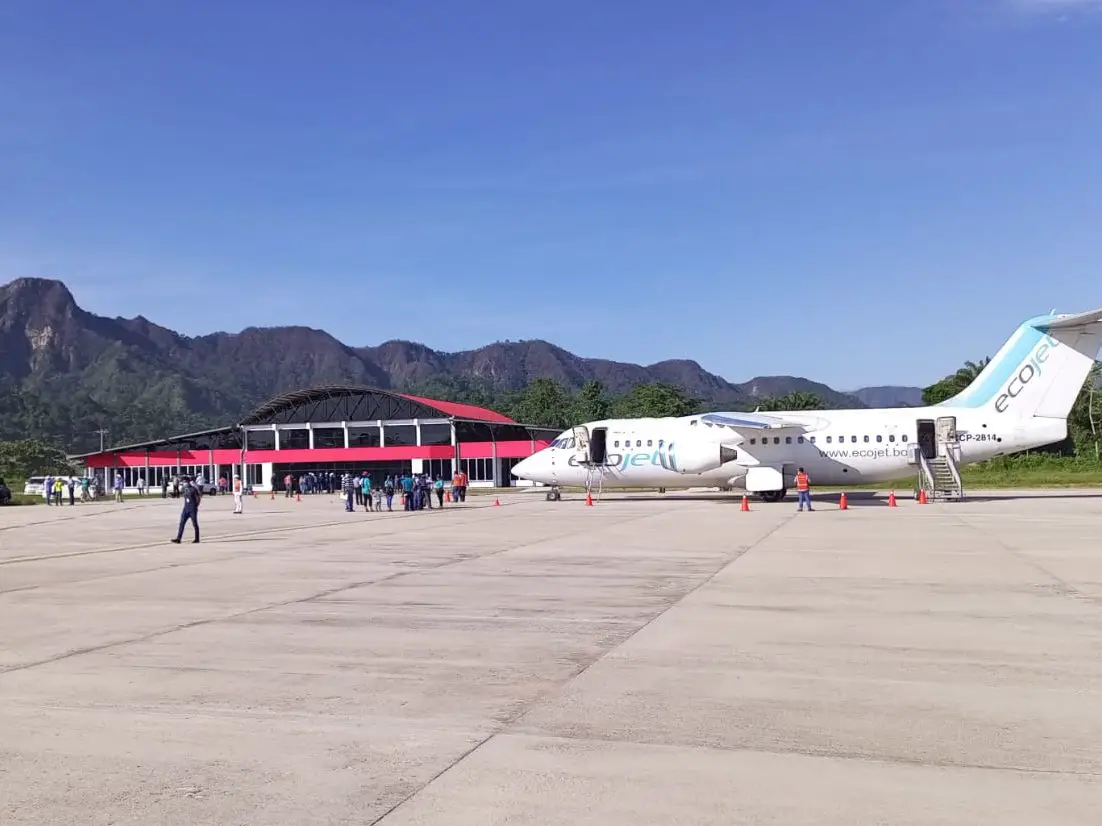
The importance of an airport for Rurrenabaque (RBQ)
The increase in tourism activity in the municipality of Rurrenabaque has largely cushioned the impact of the decline in the timber business, the area’s former main economic activity.
Approximately 67% of the visitors are foreigners and spend an average of five days in the area. This generates significant consumption of locally produced agricultural products and generates employment in different services.
Tourism in Rurrenabaque incorporates agroecological concepts that are currently in high demand.
Among the area’s attractions are the Madidi National Park and Integrated Management Natural Area and the Pilón Lajas Biosphere Reserve and Communal Lands of Origin (TCO), where there is rich biodiversity.
The airport is the main access point to the region since overland travel takes more than twelve hours and the route and terrain make it unsafe to travel.
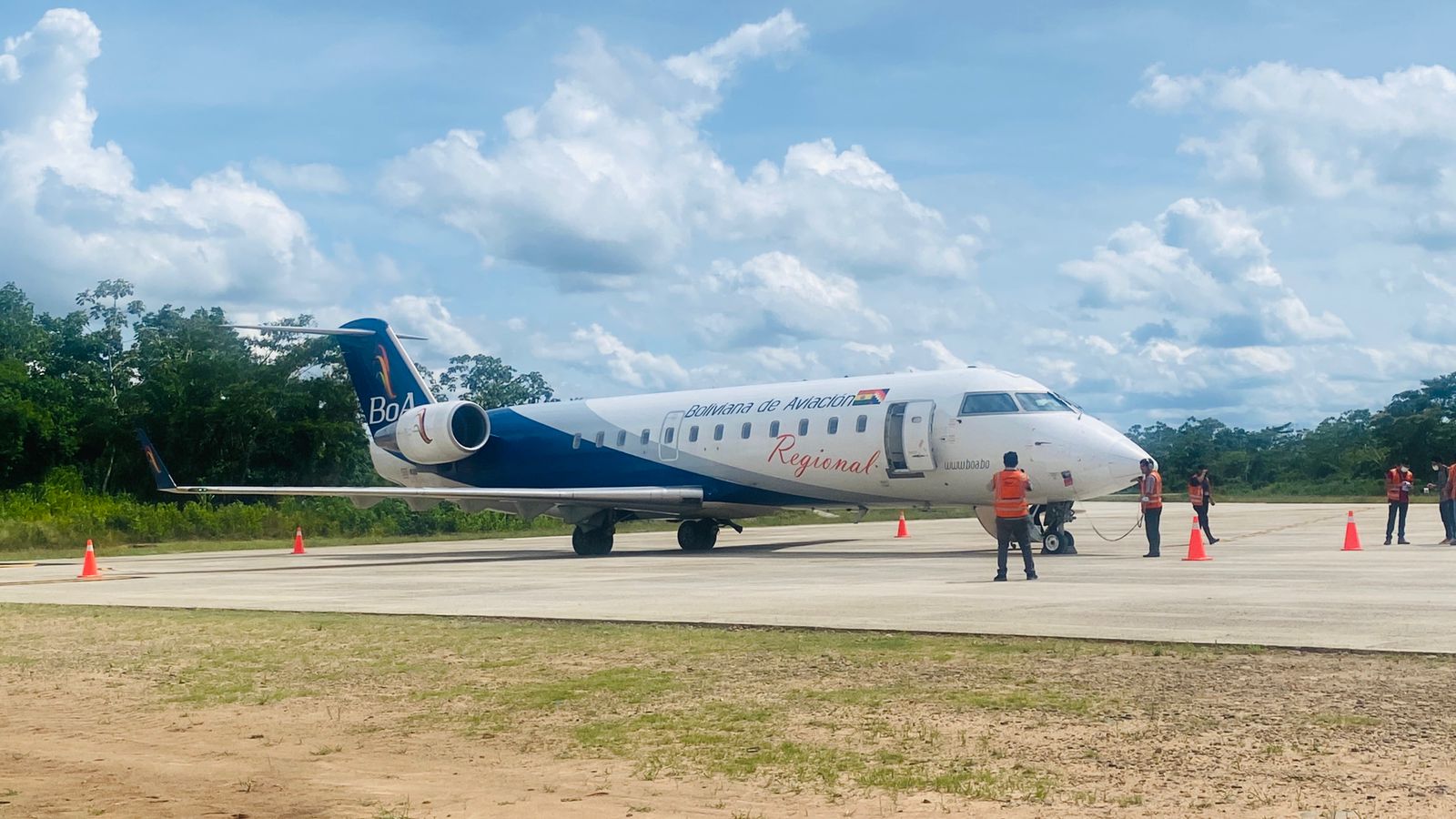
At its peak, Amaszonas was the only company serving Rurrenabaque with up to 8 daily flights from La Paz (LPB) in Metroliner and CRJ 200 aircraft. The airport’s runway conditions were not suitable for larger aircraft.
The new works will allow larger aircraft to land. Luis Arce said that Boliviana de Aviación (BoA) and Transporte Aéreo Militar (TAM) would land in the coming months, without mentioning destinations and aircraft to be used.
Ecojet, on the other hand, made a reconnaissance flight on March 17 in an Avro RJ85 to receive its corresponding approval from a liaison.

